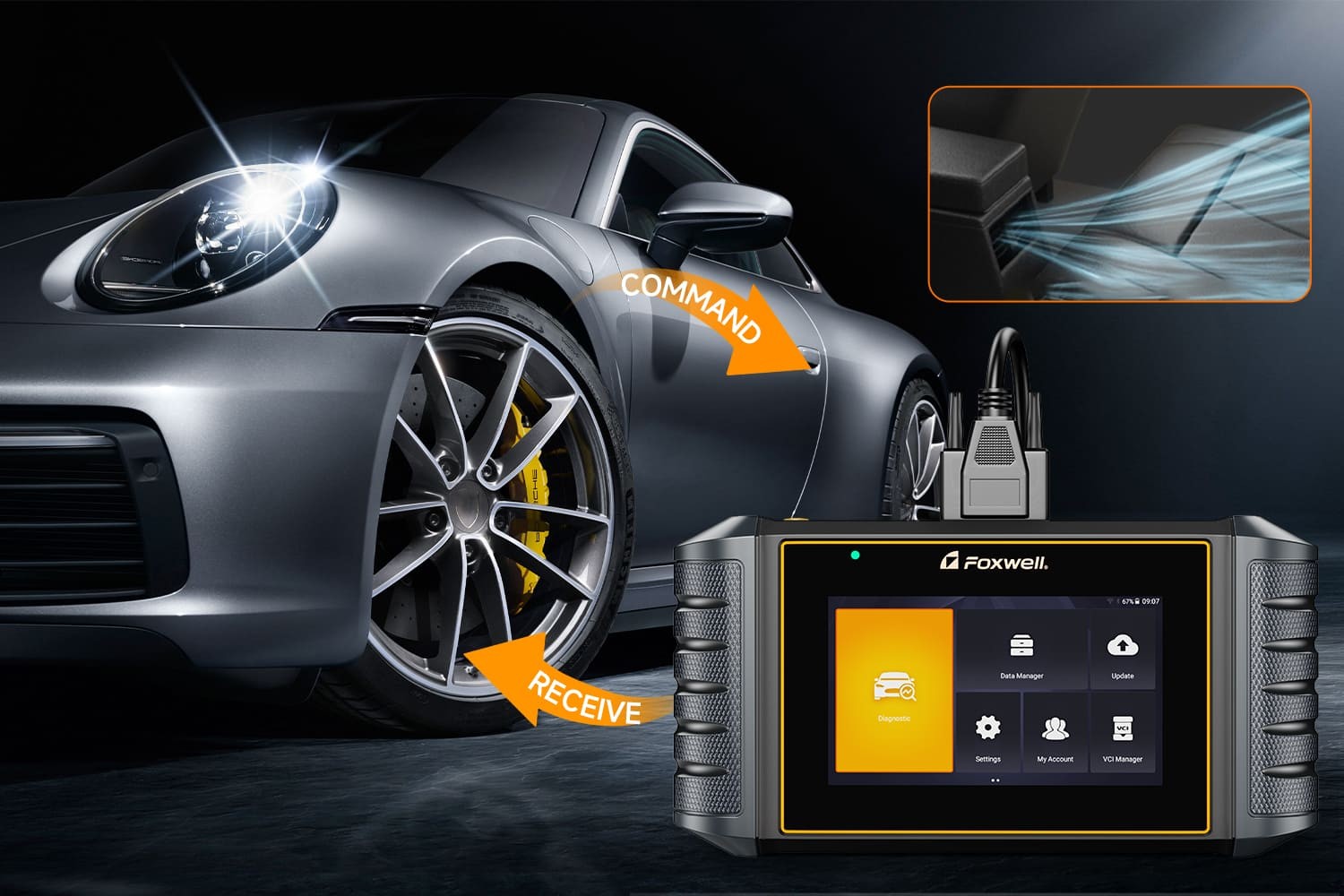Leaving an OBD2 scanner plugged in while driving is a common question among car owners. These devices offer valuable real-time data about your vehicle’s health, but safety and potential drawbacks must be considered. This article explores the benefits, risks, and best practices for using an OBD2 scanner on the road.
Why Use an OBD2 Scanner While Driving?
Real-time monitoring allows for immediate detection of potential issues, providing crucial information for diagnostics and preventative maintenance. Here’s a deeper look at why drivers choose to use OBD2 scanners while driving:
Continuous Monitoring and Early Problem Detection
An OBD2 scanner provides constant feedback on critical engine parameters like temperature, fuel efficiency, and emissions. This allows you to catch minor problems before they escalate into major repairs. Imagine detecting a slight coolant temperature increase before your engine overheats – this early warning can save you from significant damage and costly repairs.
Real-Time Diagnostics for Troubleshooting
Intermittent car problems can be frustrating to diagnose. With a live data stream from your OBD2 scanner, you can pinpoint the issue more effectively. For example, if you experience occasional rough idling, the scanner can reveal whether it’s a misfire, a faulty sensor, or another underlying cause. This information is invaluable for both DIY mechanics and professional technicians.
Performance Monitoring and Optimization
Enthusiasts often use OBD2 scanners to monitor performance metrics like horsepower, torque, and 0-60 times. By analyzing this data, you can fine-tune your driving habits or vehicle modifications for optimal performance and fuel economy.
Immediate Fault Code Alerts
Instead of waiting for the dreaded check engine light to illuminate, an OBD2 scanner provides instant notifications of any diagnostic trouble codes (DTCs). This allows you to address the issue promptly, preventing further damage and ensuring your vehicle’s smooth operation.
Potential Risks and Considerations
While using an OBD2 scanner while driving offers significant advantages, there are potential downsides to consider:
Driver Distraction
Constantly monitoring the scanner’s display can divert your attention from the road, increasing the risk of accidents. It’s crucial to prioritize safe driving and avoid interacting with the device while the vehicle is in motion.
Battery Drain (Rare with Modern Scanners)
Although less common with modern OBD2 scanners, prolonged use in vehicles that are infrequently driven might contribute to battery drain. If you’re concerned, unplug the scanner when the car is parked for extended periods.
Best Practices for Safe Usage
To maximize the benefits of using an OBD2 scanner while driving and minimize potential risks:
- Choose a Reputable Scanner: Invest in a high-quality OBD2 scanner from a trusted brand. These are less likely to malfunction or cause interference with your vehicle’s systems.
- Mount Securely: Position the scanner in a location that doesn’t obstruct your view of the road or interfere with vehicle controls. Use a dedicated mount to prevent the device from falling or becoming a projectile in case of sudden braking.
- Minimize Interaction: Avoid actively interacting with the scanner while driving. If you need to check data, pull over to a safe location.
- Manage Notifications: Configure the scanner’s software to minimize distracting alerts. Focus on critical warnings only.
Conclusion
Using an OBD2 scanner while driving can be a powerful tool for monitoring your vehicle’s health and performance. However, it’s essential to use the device responsibly and prioritize safe driving habits. By following the best practices outlined above, you can leverage the benefits of real-time diagnostics without compromising safety. Remember, the information provided by an OBD2 scanner is most valuable when used to address issues proactively and maintain your vehicle’s optimal condition.

